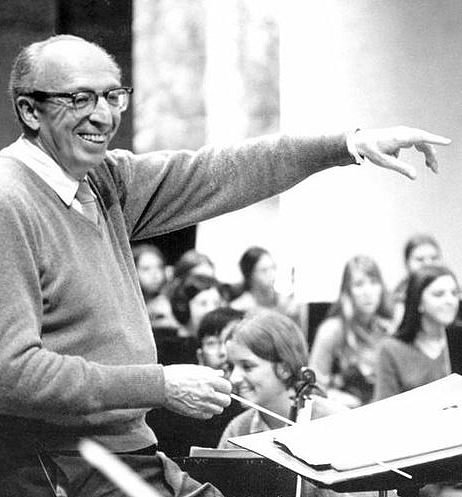
Throughout most of human history, if anyone wanted to hear some music they’d either have to make it themselves or if they were rich enough, pay someone else to make it for them. Ordinary people, the people who worked in the fields, the farms and the workshops had to make their own music when it was needed. When they were working, reaping or threshing, pulling loads of timber or working on board a sailing ship, singing was a common activity. Not only did the songs reduce the boredom of repetitive tasks, they also set the pace and synchronized activities that involved teams of communal workers. Many sea shanties served exactly this purpose. In their leisure time, telling stories, singing and playing musical instruments were common forms of self-made entertainment. People played and sung songs they remembered or sometimes, made up new ones.
Thousands of these songs have come down to us. Folk music has been defined in several ways: as music transmitted orally, or as music with unknown composers. It’s sometimes defined as music that has evolved by a process of oral transmission over a period of time. The word folklore was coined as recently as 1846 by the English antiquarian William Thoms who described it, rather grandly as “the traditions, customs, and superstitions of the uncultured classes”. The expression folk music didn’t appear in Europe until around the same time.
Encouraged by the waves of nationalist fervour that emerged in Europe during the second half of the 19th century, some musicians began to take a serious interest in their country’s folk music. In England, during the early years of the 20th century, Cecil Sharp listened to hundreds of village folk singers and painstakingly wrote down their songs. Zoltán Kodály and Béla Bartók did much the same thing in Hungary as did Alan Lomax in America. At the same time, many European composers sought to develop a musical style that somehow reflected the essence of their homeland. To achieve this they inevitably turned to traditional dances and folk songs.
Béla Bartók (1881-1945): Romanian Folk Dances for String Orchestra. Norwegian Chamber Orchestra dir. Terje Tønnensen (Duration: 06:51; Video: 1080p HD)
For a period of several years, Bartók traipsed around Eastern Europe often with his lifelong friend and colleague, the composer Zoltán Kodály. They notated Hungarian, Slovak, Romanian and Bulgarian folk music. Bartók also collected in Moldavia, Wallachia, and Algeria until the outbreak of World War I put an end to his musical expeditions.
This suite is based on folk tunes from Transylvania, the home of you-know-who. Bartók originally arranged them for piano in 1915 then orchestrated them for strings two years later. And they really are short – some of them lasting well under a minute. But they’re fascinating musically because Bartók seems to have presented them in this suite pretty much as he found them without being tempted to add material of his own. Nonetheless, Bartók’s individual sound comes through in the music precisely because these folk songs are the kind of music that the composer drew on to create his personal musical language – The Bartók Sound, if you like.
The suite begins with the compelling Bot tánc (Stick Dance) which has some gorgeous contrasting harmonies whereas the third movement has a distinctive Arabic sound. The work culminates in the sixth and last dance which is formed by two different melodies performed without a break. The Norwegians give a brilliant performance of the work and it is good to see the musicians so obviously enjoying themselves.
Aaron Copland (1900-1990): Suite – Billy the Kid. NYO2 cond. Giancarlo Guerrero (Duration: 21:03; Video: 1080p HD)
Billy the Kid is a ballet dating from 1938 and the story follows the life of America’s most infamous outlaw. Along with Rodeo and Appalachian Spring, it is one of Copland’s most popular and widely performed works. The ballet is most famous for its incorporation of several American cowboy tunes and folk songs which include Get along Little Doggies, The Old Chisholm Trail and Goodbye Old Paint. This last song was composed by one Charley Willis, a former slave who became a cowboy and rode the Wyoming trail in the late 1800s. He evidently sang to the cattle when they became restless, or so it was said.
In 1940 Copland created a colourful eight-movement suite using the original ballet music. The music is descriptive and there’s a brief outline of the plot on Wikipedia which will help make more sense of what’s going on.
NYO2 is the younger version of the National Youth Orchestra of the USA. It is the result of a training programme for talented young instrumental players aged between fourteen and seventeen and has a special mission to attract students from social groups usually under-represented in classical music. The young orchestra gives a tremendously confident performance of this challenging music.
 |
 |
 |





